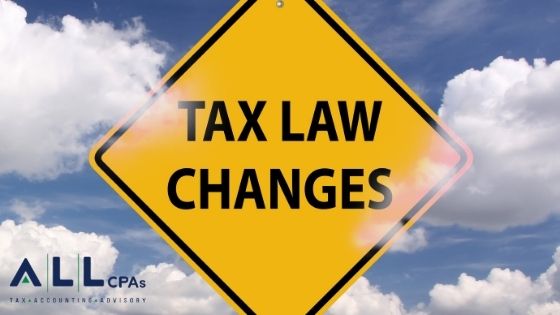
Smart business owners develop a budget and forecast toward the end of each year so that when the new year begins, they’re ready to go with solid plans for growth and spending all in one place. If you’re considering making changes to your business, expanding your marketing efforts or looking to capitalize on current trends, a budget and business forecast each year will help you stay on track.
Budgeting and forecasting drive strategic thinking. You need to consider not just where you want your business to go, but how you plan to get there. The budgeting and forecasting processes also:
- Assist with purchasing decisions (e.g., marketing, equipment and personnel)
- Deepen the understanding of cost drivers, such as fixed vs. variable
- Encourage proactive planning, answering questions such as “Where am I going?” vs. “Where have I been?” By being proactive, your business can take advantage of opportunities and act nimbly when market conditions change rather than missing opportunities. You can consider what is currently trending in the industry and whether you can build it into your plan.
- Aids in decision-making, such as the timing of purchases. A cash flow budget is essential when you need to consider:
- Whether to buy vs. lease (copier, equipment, etc.)
- When is the right time to launch a new product line or discontinue an existing product line?
- When is the right time for the sale or purchase of a business?
- When should I make changes to my investments?
- Do I need to reconsider my marketing approach?
- Making hiring and layoff decisions, and staff outsourcing decisions?
Budgeting and forecasting holds everyone in your business accountable to the overall goal(s) of your organization. Actual results should be compared to the budget regularly throughout the year, as opposed to waiting until year-end. By doing so, you and your team can make some adjustments throughout the year, modifying your actions to bring results back in line with organizational goals. A visual reference in the form of a formal budget will keep your goals top-of-mind and make the organization more likely to stay on track than merely having a verbal or implied goal.
What is the Difference Between a Budget and a Forecast?
It’s understandable that the two terms may seem interchangeable, but there are differences. A budget is a challenging but obtainable goal. Once in place, budgets are typically static for one-to-five years and not meant to be revised. Some businesses prepare several versions of their budget, such as worst case, middle of the road and best case.
A forecast is a projection of results which is revised monthly or quarterly based on actual results. Forecasts typically use a budget as a starting point, so the start-of-year budget and forecast are the same. Another differentiator is that a forecast is of a shorter duration – typically one year – and can be rolling.
Who Should Budget?
No business is too small to benefit from the budget and forecasting process; in fact, sometimes small businesses benefit the most. All business owners should be involved in the budget at some level—also solicit input from managers, salespeople, office assistants, bookkeepers and staff at all levels.
This is the first of our series on budgeting. Watch for upcoming blogs on creating a budget and cash flow budget/forecasts.
If you wish to discuss budgeting or forecasting for your business, please contact your ALL tax advisor or call us at 617-738-5200.
Recent Articles
Rising Construction Costs from COVID-19 Lead to New Bidding Approaches
Like other essential industries, t [...]
Nexus Requires Compliance and Begins by Filing Tax Returns
“Nexus” may sound like the name of [...]
The Impact You May See from the Build Back Better Act’s Tax Changes
The Build Back Better Act came und [...]




